Menu
The P88 is a Dietary Antigen Test that combines IgE, IgG, IgG4 and complement (C3d) reactions to 88 common foods in the diet. Offering for the most comprehensive look at dietary antigen activity. The P88 Dietary Antigen Test was one of the first tests on the market to measure and report immune complexes containing C3d. Complement activation is well-defined in the research as not only a cause of inflammation but being one of the strongest causes.
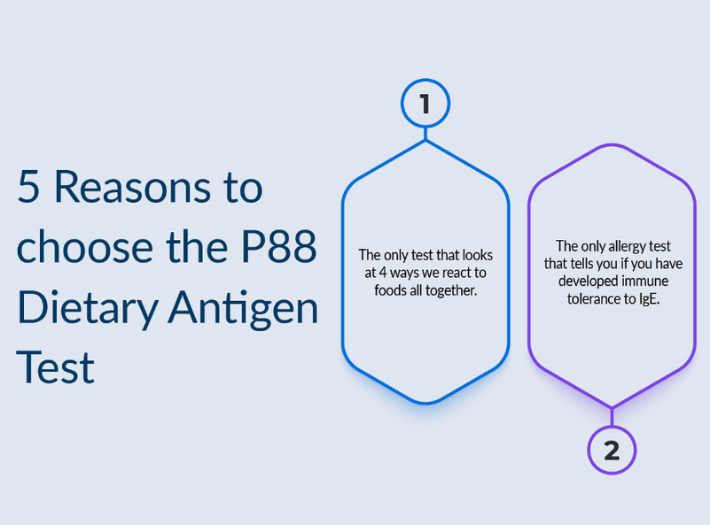
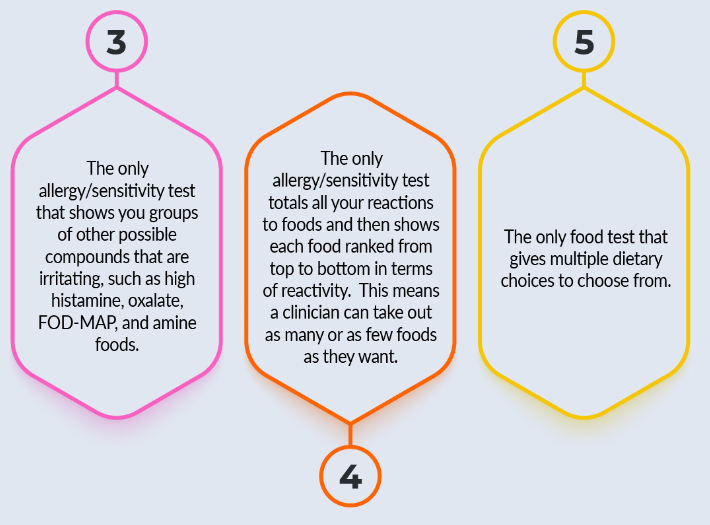
P88 Dietary Antigen Test results may assist in ensuring treatment plans are more precise and help improve patient outcomes. Studies have shown that when patients have been given an elimination diet based on the results of the P88 food allergy and sensitivity test, many experienced less abdominal pain, diarrhoea, constipation, and bloating as well as fewer headaches. Knowing exactly what foods your patient reacts to can help to avoid unnecessary restrictive diets and treatment protocols that may have inadvertently exposed your patient to his or her reactive foods.
The P88 Dietary Antigen Test interpretive report includes more restrictive and less restrictive elimination diets as well as an analysis of immune reactions by specific food groups. This customized report not only helps the clinician use at-a-glance results in clinical practice but also better ensures patient compliance (see sample report). The P88 Dietary Antigen Test may be the missing piece of the puzzle and may lead to the resolution of previously resistant health problems.
This P88-DIY Dietary Antigen (Micro-Sampling) test offers the same comprehensive testing as the P88-Dietary Antigen Test (Serum), but without the need for a blood draw. You will still receive IgG with Complement (C3d) and IgE and IgG4 marker information, across a range of 88 foods but with the convenience of a finger stick. The report looks the same as the P88 serum test, except you will see P88-DIY Dietary Antigen Test in the top right-hand corner.
Unlike a traditional fingerstick, this test is simple for everyone, even small children. The tip uses an “assisted” process to extract more blood, functioning like a sponge on the end of a pipette. Blood is actively soaked up from a very tiny stick (much smaller than traditional finger sticks), and the rest of the device acts like a pipette as the bulb is released, pulling more blood into the sponge. This technology offers a pain-free way to collect enough specimen to run over 350 reactions to foods.
The IgE antibody response is the most commonly known food allergy response. This response usually occurs immediately and can create severe symptoms such as swelling, hives, itching, and – in some cases – anaphylaxis.
Even though IgE reactions are immediate, the allergic potential of food-based allergens can remain in the system 1-2 days after ingestion, extending the presence of symptoms during this duration. IgE reactions can be permanent or they may improve with the elimination diet and gut treatment. IgE reactions stimulate the release of Histamine in the body.
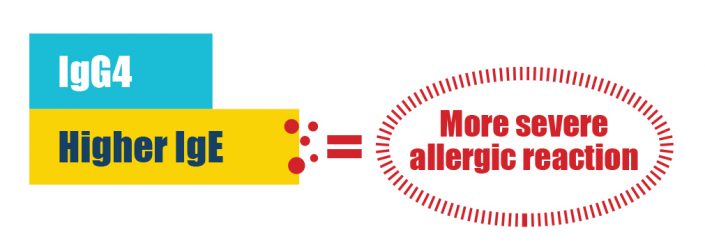
IgG4, which is a subclass of IgG, is another antibody in the immune system. IgG4 blocks IgE antibodies from binding to receptor sites and releasing histamine. During treatment, when an allergist gives injections for desensitization, it is to increase IgG4 to block IgE, not to lower IgE. When the qualitative amount of IgG4 is higher than IgE, it creates a blocking effect and keeps the IgE from causing anaphylaxis.
The presence of this blocking agent assists your practitioner in diagnosis and treatment by helping to determine the severity of your reaction to certain foods.
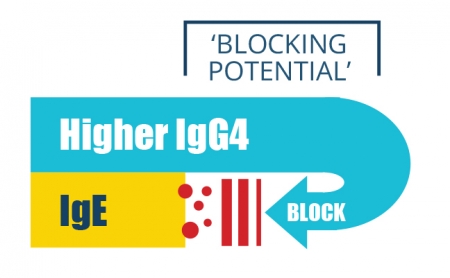
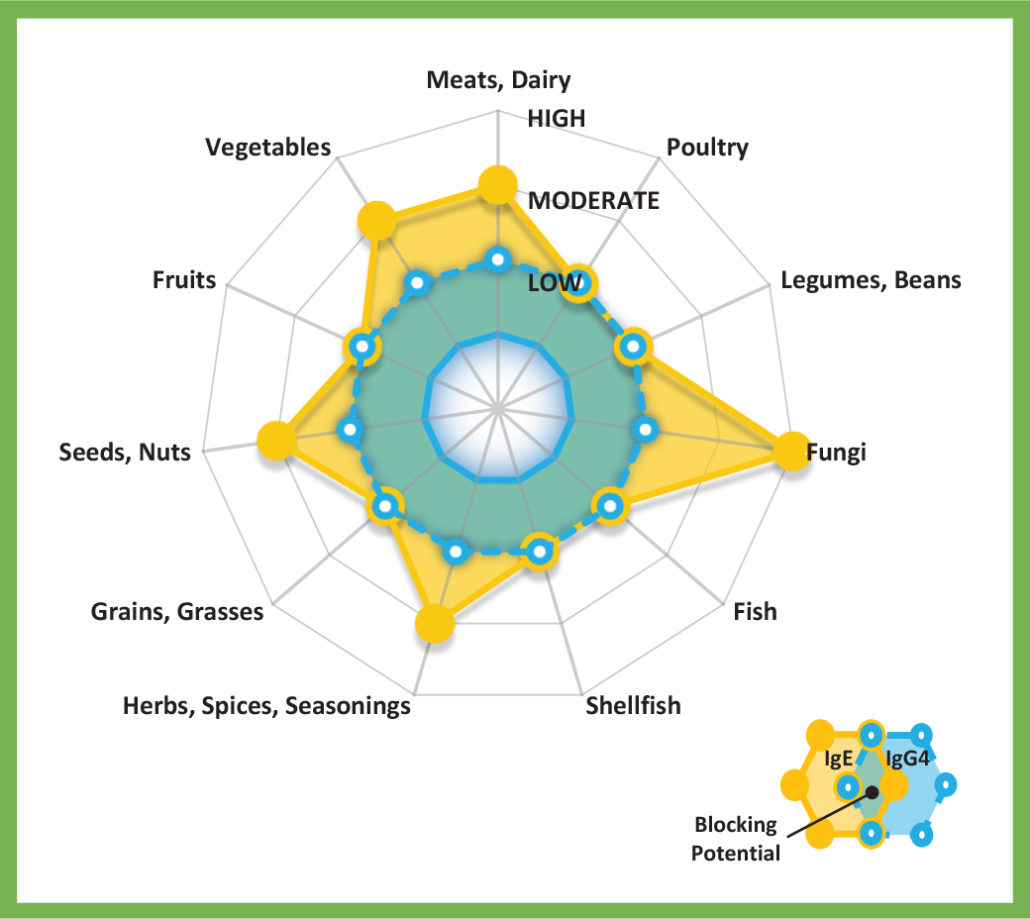
Mon – Fri 8am to 5.00pm NZT
[email protected]
[email protected]
NZ customers
Free Phone: 0800 439 633
Free Fax: 0800 439 630
Australian customers
Free Phone: 1800 770 904
Free Fax: 1800 665 070

Please note that all products and services found on this website are available to patients through their health practitioner only.
New to FxMed? Set up your account and access leading brands trusted by practitioners in Australia and New Zealand.